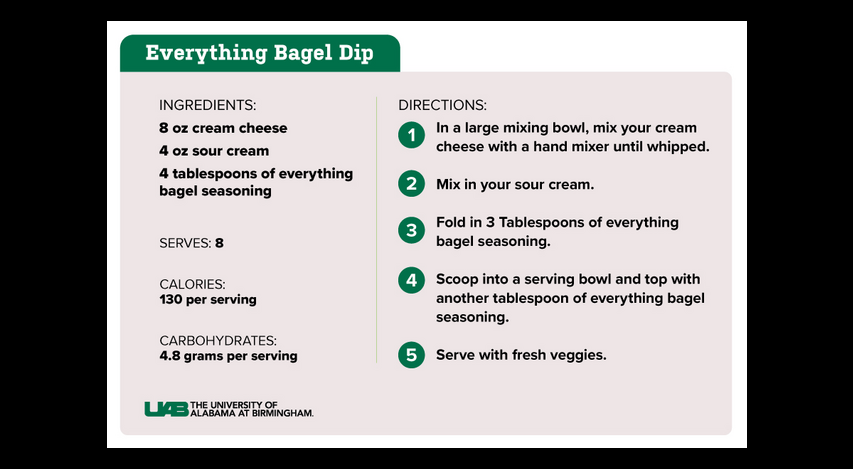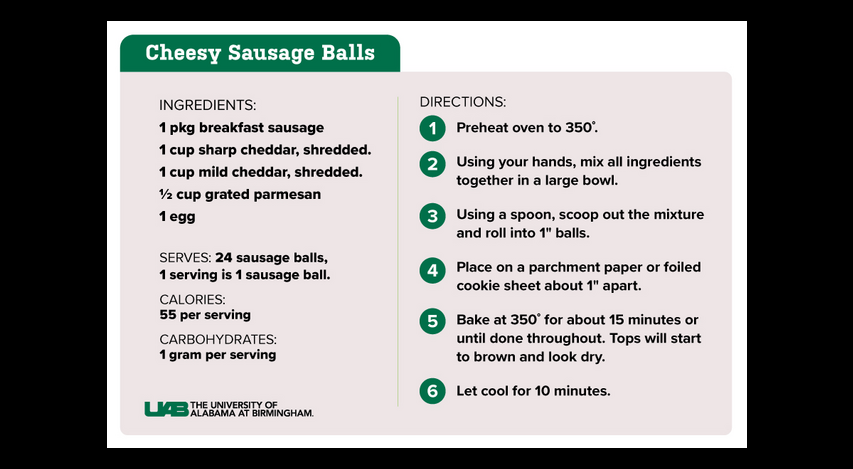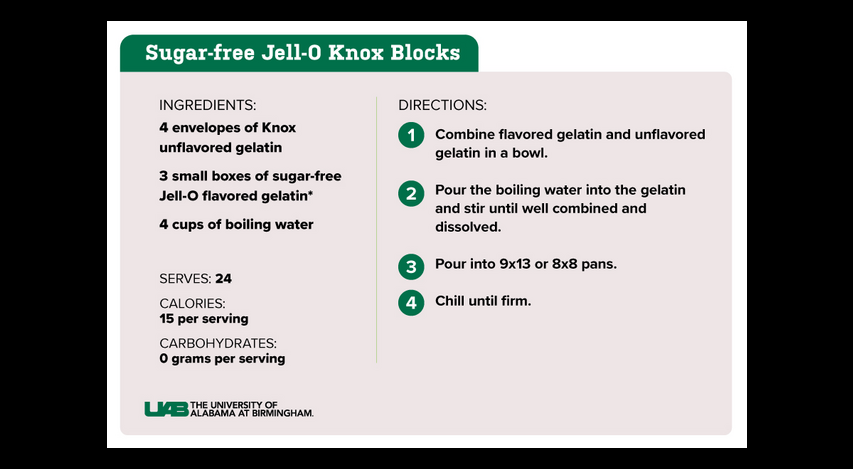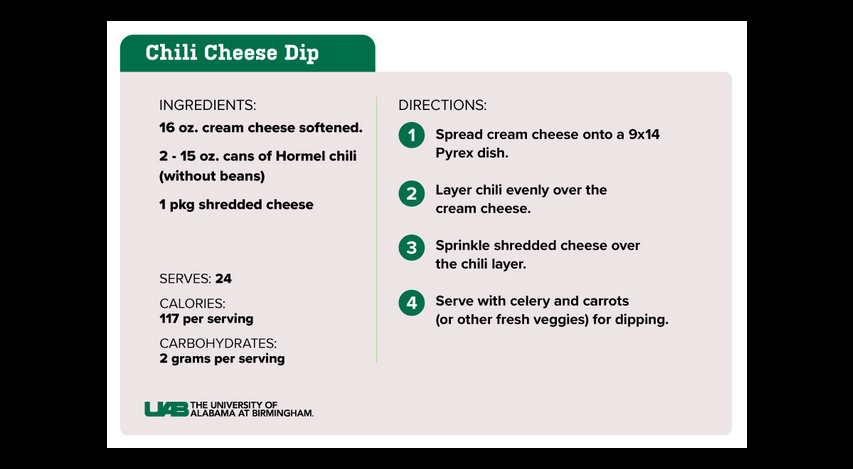Media contact: Hannah Echols
 UAB diabetes expert serves up tailgating hacks to make football season fun and diabetes-friendly.Fall in Alabama means the return of college football and the return of football enthusiasts’ second favorite fall tradition — tailgating.
UAB diabetes expert serves up tailgating hacks to make football season fun and diabetes-friendly.Fall in Alabama means the return of college football and the return of football enthusiasts’ second favorite fall tradition — tailgating.
Tailgating means good company and good food; but for those with diabetes, it can be overwhelming. However, with a little planning and a few smart choices, people with diabetes can still experience the pastime of tailgating.
Amy Warriner, M.D., professor in the University of Alabama at Birmingham Division of Endocrinology, Diabetes and Metabolism and director of the UAB Weight Loss Clinic, has five tips to help those with Type 1 and/or Type 2 diabetes enjoy their college football Saturdays.
Make a game plan
For those tailgating with diabetes, Warriner recommends making a game plan for what and when to eat. Asking the host what they plan to serve or bringing a diabetes-friendly dish to a potluck makes it easier to know what to expect.
“It is all about increasing your food options to enjoy your tailgate,” Warriner said. “A little bit of planning can go a long way in having plenty of lower-sugar and lower-carb options.”
Depending on the time of the tailgate, consider eating a medium-size meal before and then planning a snack during the tailgate. Or, depending on one’s diabetes management plan, using the tailgate food as a full meal that is eaten at once is another option.
“If you have diabetes, it’s always a good idea to work with a dietitian and look ahead to events like tailgates so you can talk through a game plan,” Warriner said. “If you are on insulin, be sure to have access to your continuous glucose monitor or glucometer, and keep your insulin in a cool, safe place.”
Opt in for protein-forward foods
Typically, protein options will help stabilize blood sugar more than a carbohydrate option, such as macaroni and cheese. Grilled chicken wings, kabobs, cheeses and lunch meats, and veggies with dips are generally better options for those with diabetes at a tailgate. While other meats can be high in protein, they can also be high in saturated fats. Saturated fats in sausages, hot dogs, ribs and burgers are OK in small quantities, but they can increase the risk of heart disease when eaten often.
Making smart food choices by selecting nutrient-rich options can go a long way in diabetes management. If it is possible at the tailgate, fill a plate with a variety of colorful vegetables, lean proteins and whole grains. When it comes to the less diabetes-friendly foods, go ahead and have a small portion in addition to the healthier choices.
Amy Goss, Ph.D., assistant professor in the UAB Department of Nutrition Sciences, provides four diabetes-friendly tailgating recipes. All recipes have five or fewer ingredients and should not cause a sharp rise in blood glucose.
Beat the heat
According to the Centers for Disease Control and Prevention, higher temperatures can change the way the body produces and uses insulin, which is compounded in those with diabetes.
Particularly in the South, temperatures can stay elevated throughout football season. When tailgating outside, remember to take breaks indoors in areas with air conditioning once every half hour to hour. Staying in the shade while outside can help keep body temperatures cooler.
Staying hydrated is another key step to staying safe in the heat, especially with diabetes. The National Institute of Occupational Health and Safety suggests adding ice to water or beverages and making sure to drink 8 ounces of water every 15–20 minutes, particularly when temperatures are 90 degrees F and above.
Consider light cocktails and beers
According to Warriner, drinking alcohol can make blood sugar a bit more challenging to manage; but it does not mean those with diabetes cannot enjoy the tailgate fully.
Many beer brands now have low-carb, low-sugar options available. For those who prefer cocktails, alcohol plus one mixer, such as club soda or tonic water, can be a smarter choice than a pre-made mix that has a high sugar content.
“Consider low-sugar cocktail options, like a Paloma, gimlet or martini or a low-carb beer options,” Warriner said. “Drinking water in between each drink is also a smart choice, not only for the heat but also to pace alcoholic drinks and stay hydrated.”
Drinking too much alcohol poses a risk of the blood sugar’s lowering for someone on insulin. Be careful and keep track of how many drinks have been consumed and how one’s blood sugar is responding.
Keep an eye on glucose
A continuous glucose monitor is a device that tracks blood sugar levels throughout the day at set intervals for those with diabetes. Warriner reiterates the importance of keeping an eye on CGM readings throughout the tailgate or checking blood sugar one to two hours after eating if a monitor is not available.
“If you have not yet made the switch to a continuous glucose monitor, I recommend talking to your endocrinologist about one,” Warriner said. “Diabetes can be a burdensome disease that causes burnout, and a CGM can alleviate some of the mental load that goes with having diabetes.”
Tailgating with diabetes requires careful planning and mindful choices, but it is entirely possible to enjoy the camaraderie and excitement of the event while managing one’s health. By prioritizing portion control, making nutritious food choices and staying vigilant about blood sugar levels, those with diabetes can create a winning game plan for a successful tailgating experience.




